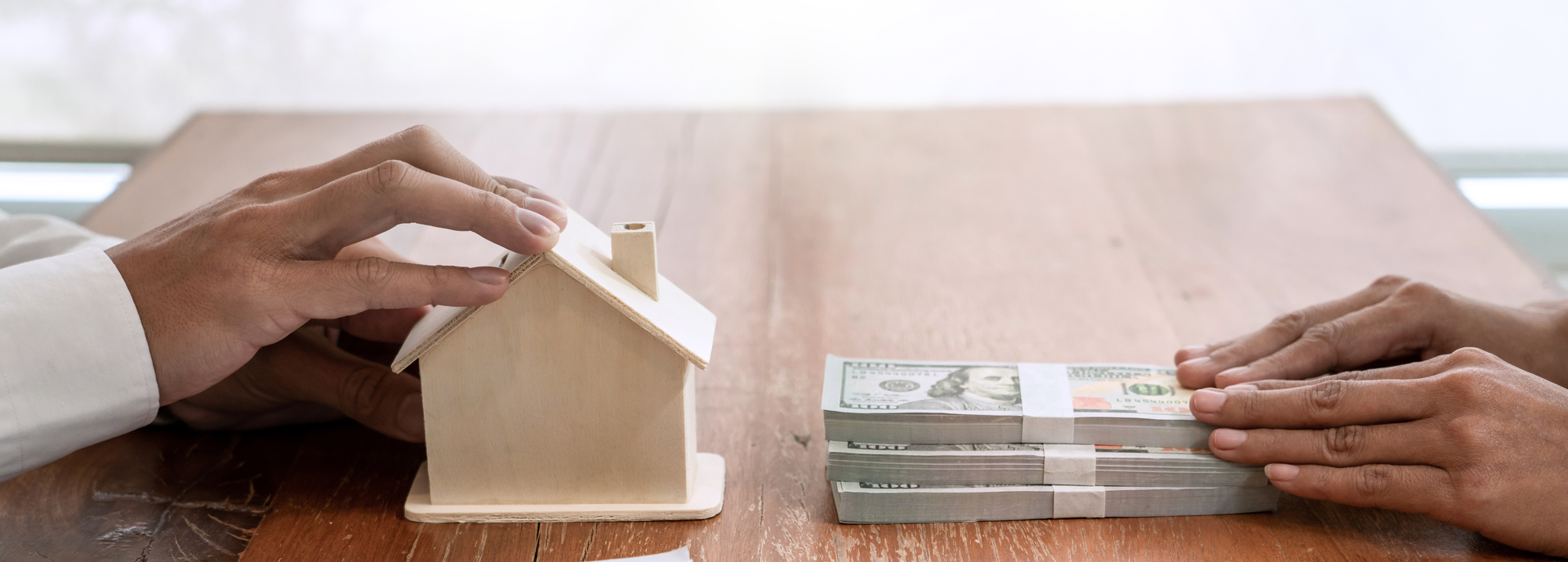When it comes to purchasing a home, many factors come into play, from finding the right location to navigating mortgage options. For LGBTQ individuals and couples, home buying can come with unique challenges, including ensuring the process is both financially viable and inclusive. One of the most common decisions potential buyers face is the down payment, with 20% often considered the golden standard. But is this the best option for LGBTQ homebuyers?
In this blog, we’ll explore the pros and cons of putting 20% down on a home and how it might impact members of the LGBTQ community. We’ll also consider resources and tips to help you make an informed decision, especially with guidance from GayRealEstate.com, a trusted source for LGBTQ-inclusive real estate advice.
The Pros of a 20% Down Payment for LGBTQ Homebuyers
Avoiding Private Mortgage Insurance (PMI)
One of the primary benefits of putting down 20% is that it allows you to avoid paying Private Mortgage Insurance (PMI). PMI is typically required when a borrower puts down less than 20%, which is an additional monthly cost that can add up over time. For LGBTQ individuals, avoiding extra expenses like PMI can be especially important if you’re working with a tighter budget or navigating financial uncertainty due to challenges like workplace discrimination or inconsistent income, which some members of the community may experience.
Lower Monthly Payments
A 20% down payment reduces the amount you need to borrow, resulting in lower monthly mortgage payments. For LGBTQ buyers, this can free up additional funds for other important areas of life, whether it’s investing in your family, saving for the future, or supporting your local LGBTQ community.
Building Equity Faster
When you make a larger down payment, you start with more equity in your home. This means you’re less likely to owe more than the house is worth (known as being “underwater”). As an LGBTQ homebuyer, building equity quickly can provide a sense of financial security, especially when the housing market fluctuates.
Stronger Offer in Competitive Markets
In some housing markets, especially in urban areas where many LGBTQ individuals reside, homes can sell quickly, and competition is fierce. Offering a 20% down payment signals to sellers that you are financially stable and serious about purchasing the property, potentially giving you an advantage over other buyers who may offer less.
Financial Stability and Security
Putting down 20% on a home can be a sign of financial strength. It shows that you’ve saved up a significant amount of money, which can provide peace of mind. For LGBTQ buyers, this can also be an important way to build wealth and establish stability, whether you’re single, part of a couple, or planning to start a family.
The Cons of a 20% Down Payment for LGBTQ Homebuyers
High Upfront Costs
The most obvious downside of a 20% down payment is the large upfront cost. If you’re buying a $300,000 home, a 20% down payment would be $60,000. For many LGBTQ individuals, particularly those who face systemic inequality or have fewer opportunities for generational wealth, saving up that much money can be a significant barrier. If you’re facing challenges related to financial instability or haven’t had the same access to wealth-building resources as others, this could be a difficult hurdle.
Missed Investment Opportunities
By putting down a large sum of money for your home, you could be tying up funds that could potentially be better invested elsewhere. Depending on the market, it might make more sense to put down a smaller down payment and invest the rest of your savings in higher-return assets such as stocks or retirement accounts. For LGBTQ individuals who may be looking to secure a stable future, it’s worth weighing whether that large down payment might limit your ability to diversify your investments.
Delayed Homeownership
If you’re set on making a 20% down payment, you may need to wait longer to save up for it. This could delay your entry into homeownership, particularly in competitive housing markets where homes appreciate quickly. If you’re ready to buy but don’t have enough for the 20% down, it could mean years of waiting, which might not align with your lifestyle goals.
Opportunity Cost of Other Financial Goals
Saving 20% for a home could delay or prevent you from meeting other financial goals, such as building a robust emergency fund, saving for retirement, or taking care of personal milestones. For LGBTQ individuals, especially those who may face higher healthcare costs or other unique expenses, it’s essential to strike a balance between homeownership and other aspects of financial security.
Alternatives to a 20% Down Payment for LGBTQ Homebuyers
If the 20% down payment feels out of reach, or if you simply prefer to keep your options open, there are alternatives that might better suit your needs. Here are a few possibilities:
FHA Loans
Federal Housing Administration (FHA) loans allow down payments as low as 3.5%. This can be an excellent option for LGBTQ homebuyers who are looking to buy a home but haven’t saved up a large enough down payment. FHA loans also offer more flexible credit score requirements, making them more accessible for first-time homebuyers or those with less-than-perfect credit histories.
Conventional Loans with Low Down Payments
Some conventional loan programs offer down payments as low as 3%. These loans typically don’t require PMI if the borrower can obtain a second mortgage or meet other specific requirements. Lower down payments can allow LGBTQ buyers to get into a home sooner, without needing to drain their savings.
Down Payment Assistance Programs
Various state and local programs provide down payment assistance, which can significantly reduce the burden of coming up with 20%. Many of these programs are designed to support first-time homebuyers and are inclusive of the LGBTQ community. These programs may offer grants or low-interest loans to cover some or all of the down payment.
What’s the Best Option for LGBTQ Homebuyers?
Deciding whether to put 20% down on a home is a personal decision that depends on your unique financial situation and goals. For some LGBTQ buyers, the stability and long-term savings offered by a 20% down payment may outweigh the immediate costs. For others, alternative options like low-down-payment loans or down payment assistance programs may be the key to homeownership without compromising other financial priorities.
For LGBTQ homebuyers seeking guidance on navigating the real estate process, including ensuring fair treatment and access to inclusive resources, GayRealEstate.com offers invaluable support. Their team of LGBTQ-friendly real estate agents can help you find the right home and ensure you’re fully informed every step of the way.
Whatever path you choose, the most important thing is that you make an informed decision based on your current needs and long-term aspirations. Happy house hunting!
This article was inspired by insights from GayRealEstate.com, a trusted resource for LGBTQ homebuyers.


